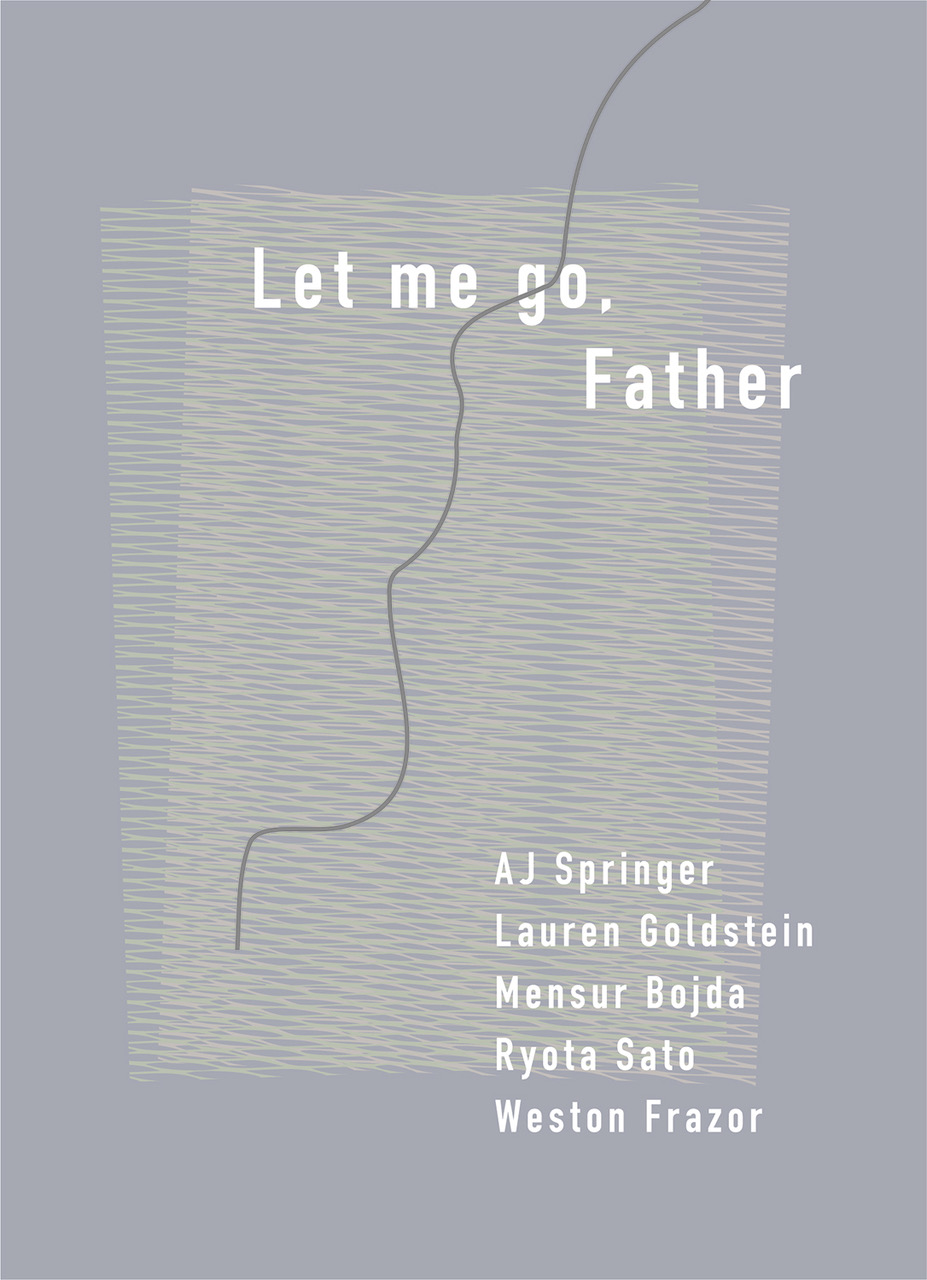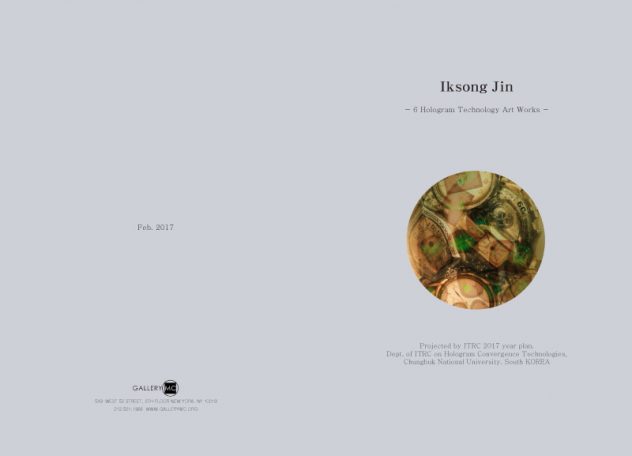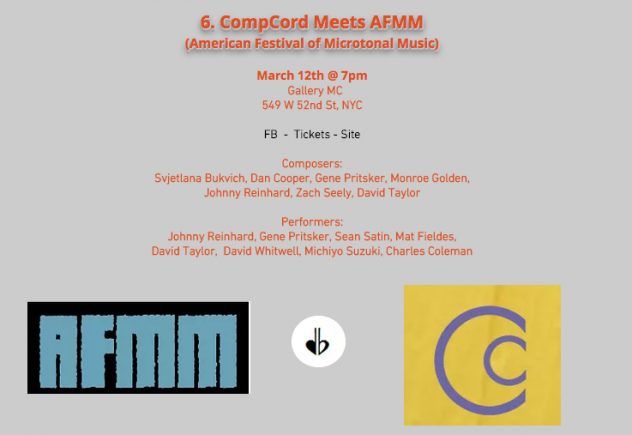Let me go, Father
Let me go, Father
Political structures such as gender, cultural appropriation, and bipartisan government pressure individuals to maneuver pre-e xisting systems. In the film Yojimbo(1961) Akira Kurosawa takes on this idea of bilateral paradigms and how an individual can affect these structures. “Let me go, Father” is the opening line from Yojimbo revealing a son’s desire to escape his small town’s struggle between two rival gangs. When a disillusioned and unemployed samurai named Sanjuro enters the town, he opportunistically offers his service as a fighter to both sides. Acting as a catalyst with no incentive of success for either party, Sanjuro upsets a perilous dynamic by exposing each gang’s lust for power and fortune. After decimating both the gangs and their resources used to monopolize the town, Sanjuro is left once again with no means or purpose and leaves with nothing but his experience.
In AJ Springer’s interpretation of Yojombo, the structures mimic the cinematography that begins the film strictly in vertical and horizontal eye level angles. Once the dynamic in the plot starts shifting, so do the camera positions that portray the scenes. This subtle and subliminal shift of perception is echoed by the installation, which creates a two-sided environment conflicting with both outside elements and the path of the viewer. By placing the observer inside of the work, Springer challenges the participant to recognize and question their part in this dichotomous system.
As Sanjuro uses his authority to manipulate both gangs, he highlights the division and tension within the town. In reference to this idea, Ryota Sato equates Sanjuro to a glass case dividing the audience and the artwork in a museum. An institution has the power to decide who the audience is and what defines art. By questioning and complicating the existing system of anthropocene, his works challenges the viewer to consider the process of systems creating political divisions.
In Lauren Goldstein’s project “Growth,” the plaster sculptures of women’s bodies entangled and growing as branches along the wall are intended to personify nature in an organic composition. Many of the women in Yojimbo are trapped in social settings that keep them restricted and weak. Goldstein’s use of bodies bursting out of the walls suggest an opportunity to escape former boundaries by representing vitality, connection to nature, equality, and strength.
There are two remakes of Yojimbo, A Fistful of Dollars(1964) by Sergio Leone and Last Man Standing(1996) by Walter Hill. This idea of inspiration and appropriation influenced Mensur Bojda’s triptych painting. The figures depict a man walking on the edge of ethics, in the void between the friction of greed and hate. Through the use of complementary colors, repeated compositions, and adaptation Bojda constructs a reliance between each piece to parallel the relationship between each film.
Through drawing and painting Weston Frazor is interested in how perception and depictions of perspective can affect the viewer. In the film, Sanjuro maneuvers his way through a town void of moral. Similarly, Frazor’s work invites the viewer to navigate skewed perspectives, lost horizons, and unsightly material representation. Here, things are off but nothing receives preference leaving only the experience of viewing. By illuminating a lack of hierarchy, his works shifts our focus to the importance of perception.
—
A.J. Springer (b.1993, New York) is a multi-media artist who uses a combination of printmaking, drawing, painting, and sculpture to create immersive installations. Her work has been exhibited nationally and internationally in group exhibitions at Eckhaus Gallery (2016) Urban Studio UnBound (2016), IPCNA Cultural Museum in Lima, Peru (2016), and an upcoming exhibition in the Seoul Museum of Art, South Korea.
Website: www.andreajanespringer.com
Lauren Goldstein (b. 1993, New York) is a figurative sculptor who primarily works with plaster and resin. She also incorporates plants into her large scale installations. Her work has been shown at Urban Studio Unbound (2016), Parenthesis Art Space (2016), and IPCNA Cultural Museum in Lima, Peru (2016).
Website: LaurenGoldsteinArt.com
Mensur Bojda (b. 1986, Brod, Serbia) is a New York based artist. Mensur is a figurative expressionist and his interest reach discipline in painting, drawing, printmaking, sculpture, illustration and comics. His works has been exhibited mainly in Europe and recently in Gallery MC NYC (2016/17).
Website: mensurbojda.wixsite.com
Ryota Sato (b.1980, Okayama, Japan) is based in New York. Sato’s practice spans digital media,video installation, painting, photography, and sculpture. His works have been shown internationally at Fukiage Museum of Art in Japan (2016), Kansas City Art Institute Dodge Painting Gallery in USA (2016), Sawtooth ARI Gallery in Australia (2015) and S.V.A in UK (2010).
Website: ryotasato.net
Weston Frazor (b.1987, Pickens, SC) is a New York based painter. Frazor received his MFA from Parsons in 2016 and his works have been shown at Participant Inc., NYC (2016), and 25 East Gallery, NYC (2015).
Website:Westonfrazor.com



